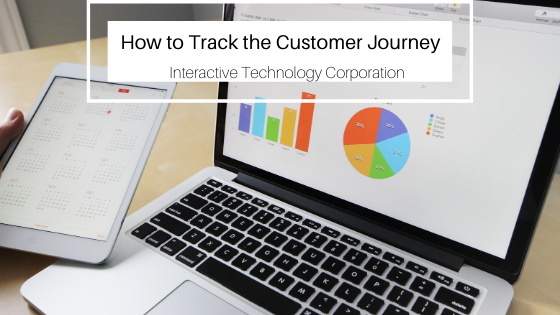Customers are the critical backbone of any successful business. Without them, a company wouldn’t be in business. When it comes to converting leads into repeat customers, not understanding their journey is one mistake no brand should make.
When it comes to tracking the customer’s journey, brands need first to understand what it is and how important it is to meet their target audience every step of the way.
What is the Customer Journey?
The customer journey is the steps customers take before making a purchasing decision. In marketing, the customer journey has three distinct stages: Awareness, consideration, and decision. In the beginning, customers aren’t really customers; they’re merely leads who want more information about a product.
During the second phase of the journey, leads still aren’t customers quite yet; however, they do move into the consideration phase. At this point, in the funnel, they’re considering how the product they’re considering can solve their problem. They also dive deeper and research their own needs to see if the product or service aligns with their end goal.
Finally, at the decision stage, leads decide whether they are going to make a purchase. If so, they then become customers. If not, they’re still leads, and that’s where tracking their customer journey becomes even more critical.
Not to say that tracking a paying customer’s journey isn’t important because it is. However, when a potential new customer decides not to buy, understanding why they choose not to can help sway their decision with retargeting.
How to Track the Customer Journey
Align Goals
Brands need to understand the customer’s goals. The marketing strategy must align with their wants and needs to move them forward into the consideration phase. If not, no amount of marketing will persuade customers to continue.
Identify Communication Channel and Pain Points
In addition to aligning strategy with customers’ goals, brands need to communicate with their target audience where they spend most of their time. Marketing on social media is not a one-size-fits-all solution. Depending on product and customer needs, businesses tailor their strategies to fit the platform.
Pain points also need to be identified. If customers keep abandoning their carts at checkout, there’s a reason why. Tracking customer behavior will give valuable insight as to why purchases aren’t being made. It could be something as simple as an inefficient checkout process, which was frustrating. The key is correcting what isn’t working and gently nudging customers to the next level.
Experience the Journey
If brands don’t take the time to experience the journey, they’ll never know what works and what needs to be reworked. Whether it’s an online shop or physical location, it’s essential to live the experience.
The customer journey doesn’t end when the cash register rings. It’s an ongoing process, which needs to be nurtured and refined. Taking the time to track the customer journey will create the perfect storm for returning customers later.

